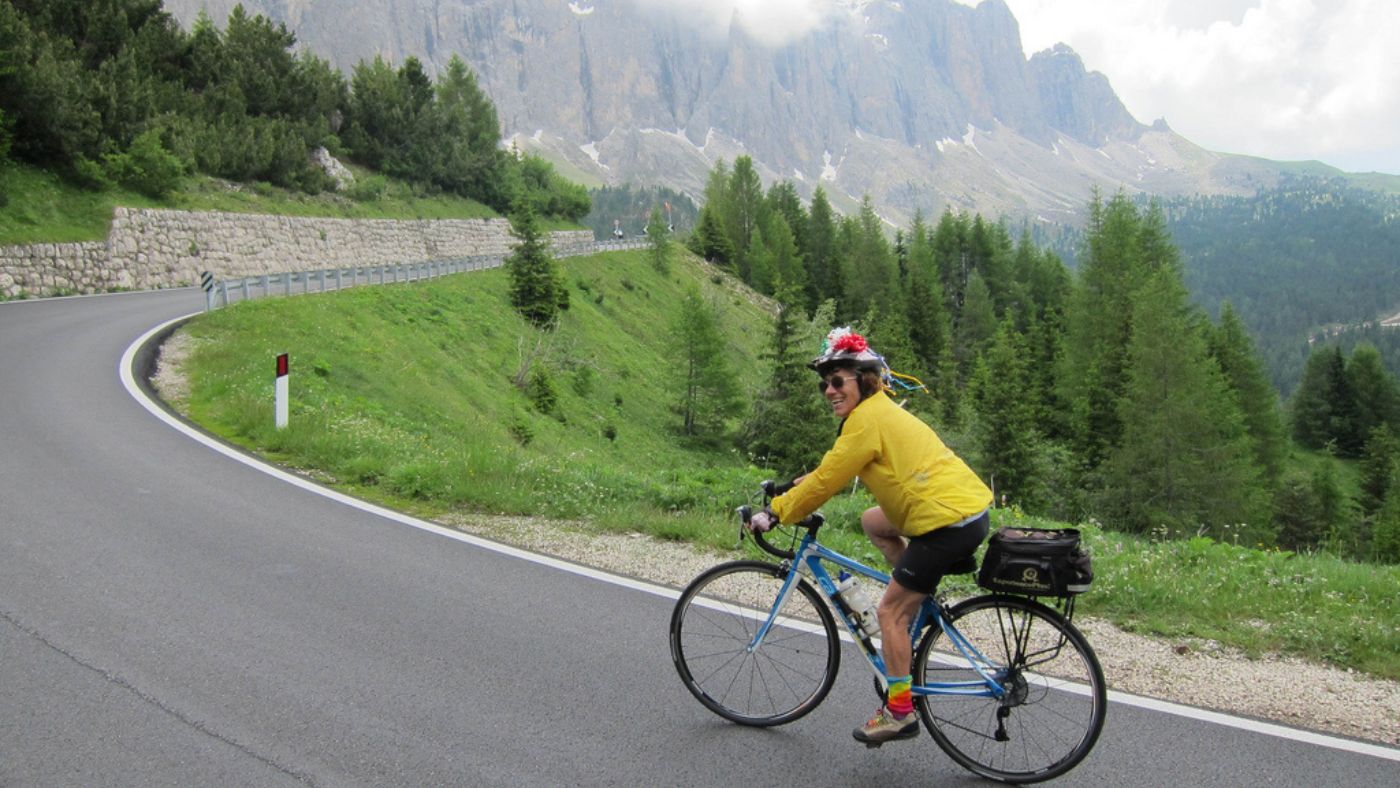Eurostar (ES- Frecciarossa, Frecciabianca, Frecciargento) & Euro City (EC) trains require a reservation and it is not possible to just “hop” on to the next train heading your direction. If you miss your train, you will need to exchange your reservation.
On the other hand, regional (R) and local trains (D, R, IR, E) do not require a reservation and tickets are easy to buy at the train station before departure. If you miss this type of train, all you need to do is catch the next departure. These trains are mainly second class.
- D: Direct
- R: Regional
- IR: Interregional
- E: Express
- IC: Intercity
- ES Italia AV: Euro Star
- EC: Euro Star City
The Italian railway operator is called Trenitalia. You can check schedules and purchase tickets at the website. All train stations, and even some bus stations for towns that do not have trains, are covered by this system. For online purchase pay with your credit card and then print the receipt of your ticket (don’t select the self-service option). Your receipt has a bar code that the conductor will scan. Not all destinations are available for advance purchase online, some smaller stations or local lines do not allow advance purchase. Depending upon your destination you may be able to choose from a base fare or a premium or discount fare (restrictions apply). Note that schedules are usually published about 90 days out.


